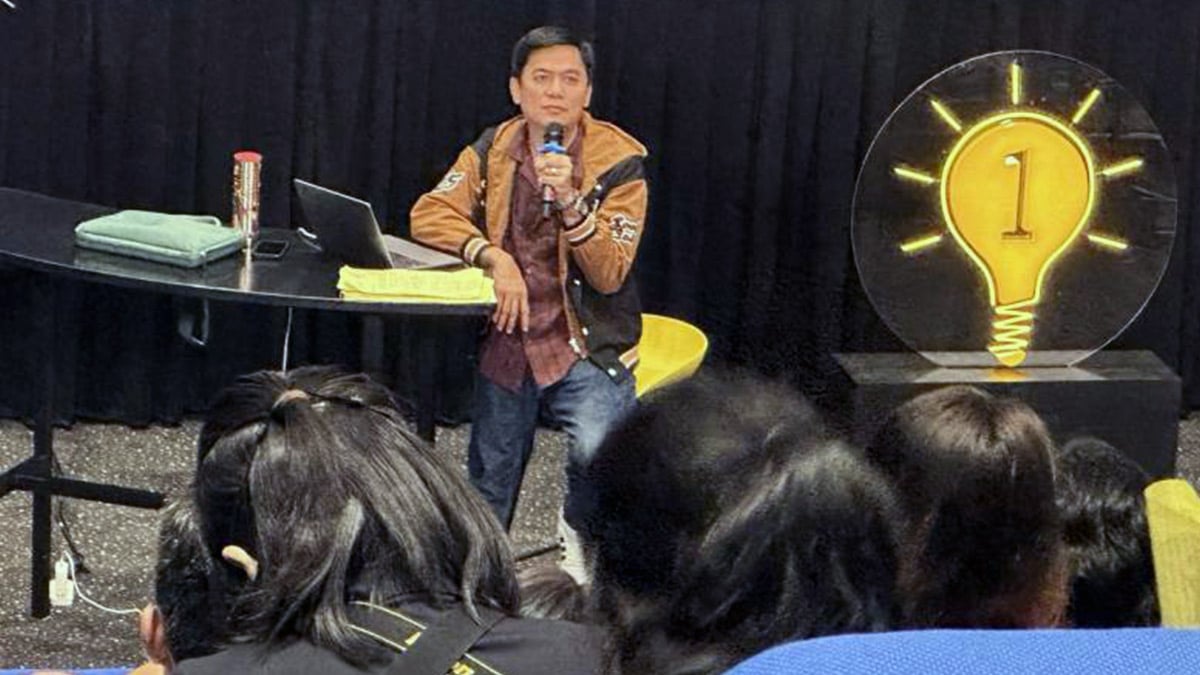Filmmaker Jun Lana’s elements for a compelling story
“What will make your story compelling to watch?”
This was among the questions that award-winning writer and director Jun Robles Lana asked attendees of his recent two-day masterclass on scriptwriting and directing, an event that coincided with the 10th anniversary celebration of his production outfit The IdeaFirst Company.
The masterclass was part of the three-day film festival titled “EnlighTen,” which featured some of the films produced over the past decade by IdeaFirst, which Lana co-owns with producer-director Perci Intalan.
READ: Jun Lana’s psychological thriller wins best film in Estonia festival
On the second day, Lana explained, among other things, how different a “front story” is compared to what he calls a “backstory.”
‘Backstory’
“A backstory is something that’s not always revealed to the audience. From the moment the movie begins to the time it ends, that’s your front story,” Lana said and then cited an example. “You have two characters in a romantic-comedy, a couple—that’s the front story. You show a 25-year-old guy waking up, cut to the girl, who is also waking up. They’re strangers. In the next scene, they bump into each other and we see that there’s magic, there’s spark. Finally, they go on a date. While they’re talking, the guy says he studied in a Dominican school. The girl replies, ‘Wow! I also studied in a Dominican school.’ That’s the story that you don’t need to visualize. Sometimes, it is revealed through dialogue.”
Lana explains that there are several backstories that an author decides to keep for himself, “because they don’t need to be dramatized.”
The director continued: “You open with a scene with the guy who wakes up. You just want to introduce the character here. He gets up, looks at the mirror, and says to his reflection, ‘Good morning!’ Through this, you’re already saying something about the character—that he is optimistic, that he is a happy person. Then, you cut to the girl, who also wakes up.”
“What’s the backstory there? After he talks to his reflection, he goes to the bathroom to brush his teeth, then later on, he gets dressed. These are things that you need to edit out. If you include them, your movie will take hours to finish.”
Lana, however, said there are no hard and fast rules when it comes to telling stories. “It’s also fine if that is what you’ve decided to be your movie design—like just watching life unfold. It really depends on you. You have to be very conscious of the moments that need to be dramatized, moments that the audience needs to see. Things that will make your story a compelling watch,” he declared.
Aside from Lana’s masterclass, “EnlighTen” also featured a roundtable discussion that featured acclaimed directors Pepe Diokno, Sigrid Andrea Bernardo, Zig Dulay, Mae Cruz-Alviar and Chito Roño. INQ
